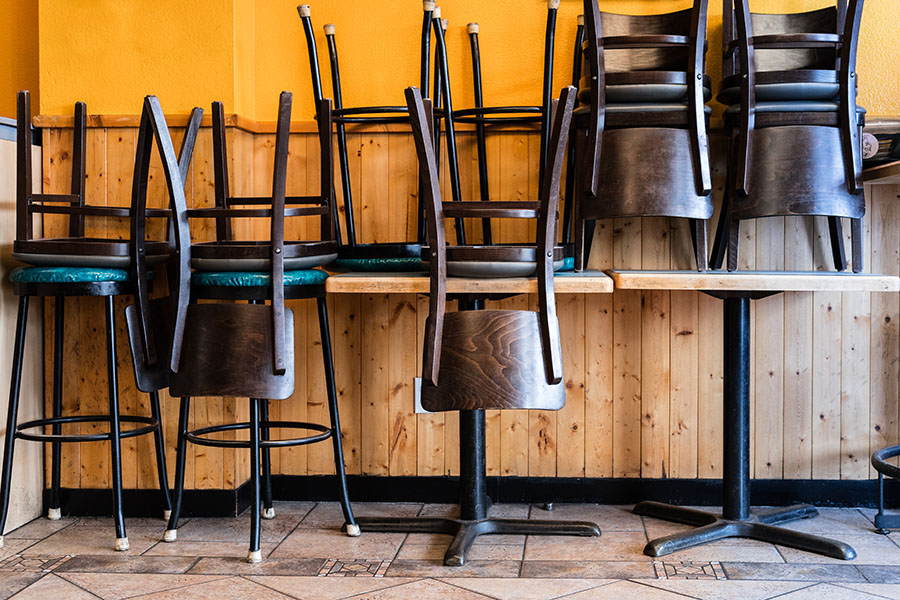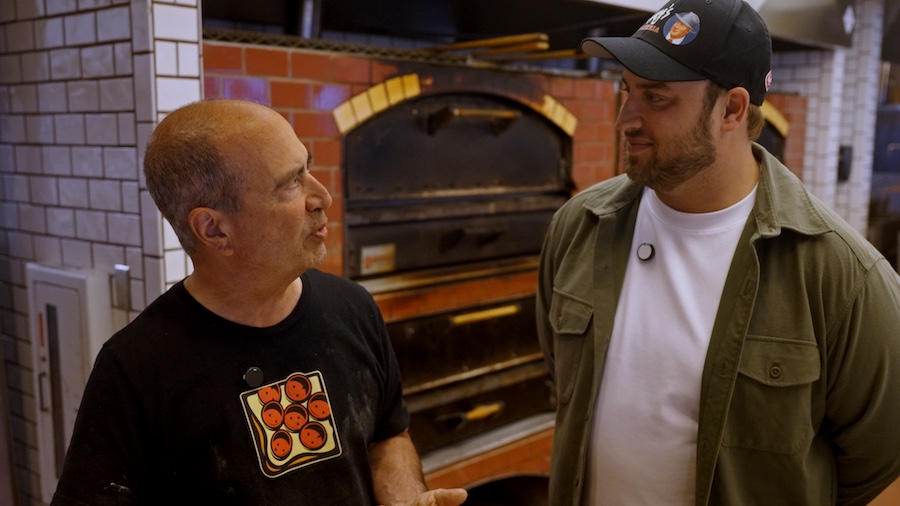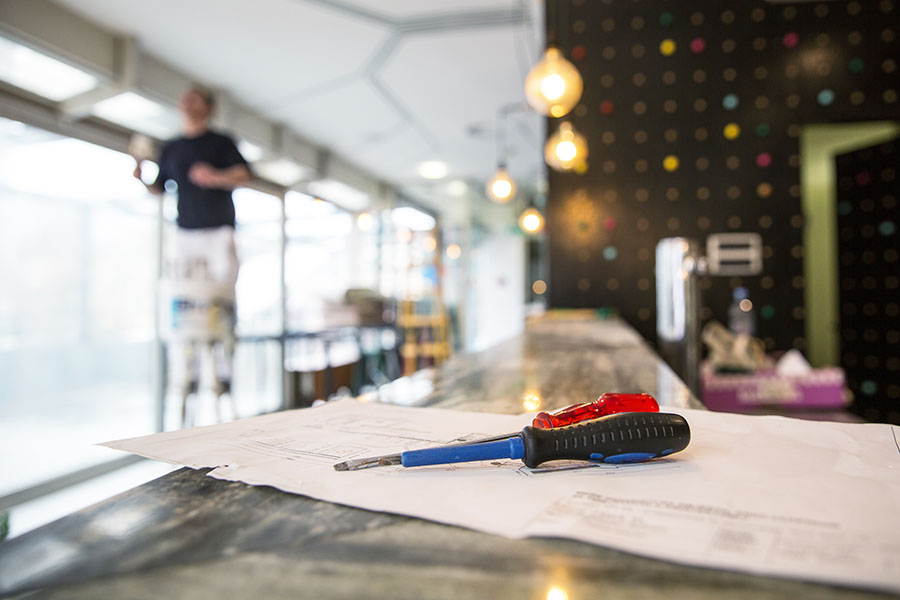Nick Bogacz, owner of Pittsburgh-based Caliente Pizza and Draft House, knows a thing or two about growth. Since starting as a pizza delivery driver in 1996, Bogacz has built an empire of eight locations plus a full-scale brewery, with presence in six major sporting stadiums such as the Pittsburgh, Steelers, Pirates and Penguins venues.
His secret? He’s never built a single location from scratch.
The Power of Buying Existing Operations
“We’ve never done a buildout ever,” Bogacz tells attendees during his Pizza Expo 2025 presentation about purchasing existing pizzerias. “We buy existing pizzerias and restaurants … and we’re looking for huge savings.”
Those savings, he explains, come in multiple forms. Equipment is already in place – even if some pieces need replacing. Previous customer habits exist, meaning people already know to come to that location for food. Most importantly, the deals often represent “pennies on the dollar” compared to building new.
“You get nice bars. You get nice restaurants where somebody has spent a lot of money on maybe marble countertops, or whatever it is,” Bogacz notes. “We’re not paying for those couple-thousand-dollar marble countertops. We’re kind of inheriting them.”
Finding the Right Deal: Look for ‘Once Removed’
Bogacz shares a crucial strategy he calls looking for places “once removed.” Rather than buying a thriving restaurant where customers might expect specific menu items, he targets locations that were once popular but have since declined under different management.
“I don’t necessarily want to buy the place that used to be this great place that’s doing $1.5 million sales,” he explains. “We want them to come in and say, ‘Man, we loved going to (the original place). We’re just happy you’re back here.’”
Bogacz’s second location exemplifies this strategy. The space had been Bob’s Wings and Six Packs for 20 years – a beloved local institution. When Bogacz bought it, it was operating as Hampton Sports Zone and had significantly less business.
“Everybody wishes it was always Bob’s Wings and Six Packs,” he said. “We want once removed.”
Restaurant Owner Financing
Perhaps the most valuable insight from Bogacz’s presentation was his mastery of owner financing. Of his eight locations, six were purchased using owner financing rather than traditional bank loans.
“I love owner financing,” Bogacz emphasizes. “No banks, no problems.”
His approach is straightforward but effective: Pay the asking price, then negotiate everything else. “I pay them their asking price every single time. That’s where I start,” he says. “The reason I do that is so that you can negotiate everything else. You can negotiate how long you’re going to pay them back. Negotiate the interest rate you’re going to pay them back at, the money down.”
The key is explaining the tax advantages to sellers, he says. “They don’t have to claim all that income on Year One,” Bogacz notes. “If you’re paying them over time, $40,000 each year, then their income only goes up $40,000 for the next five years.”
Identifying Seller Weakness
Critical to successful negotiations is understanding seller motivation. Bogacz looks for what he calls “seller weakness” – or compelling reasons owners need to sell quickly.
“The biggest sign that I’m not going to make a deal with somebody is when I go in and I say, ‘Why are you selling?’ And they say, ‘Well, I want to move to Florida,’” he explains. “That’s not the deal for me.”
Instead, he seeks sellers facing genuine hardship: health issues, family problems, or business struggles. His deals have included sellers facing triple-bypass surgery, family drug problems and unexpected deaths.
“They want to sell it worse than you want to buy it,” Bogacz says. “Remember that.”
Construction Sprint
Once a deal closes, Bogacz moves with remarkable speed. His team has opened stores in as little as five days, though recent openings average around 30 days.
His secret weapon? Daily lunches for all contractors. “We buy lunch the whole, entire time for everybody that’s working,” he says. “They’re not leaving at lunch and never coming back.”
He also emphasizes the importance of being present during construction: “My office moves out of the office and moves into a table at the new store. They know that once-a-week meetings I’d have with my team to go over bills and everything else, they’ll come to the new store, and we’ll have the meeting right there.”
Takeaways for Aspiring Buyers
Bogacz offers several practical tips for those considering purchasing existing pizzerias:
- Always negotiate owner financing first before considering bank loans.
- Look for “good bones” in buildings that won’t require extensive renovations.
- Focus on seller motivation rather than just the asking price.
- Move quickly once deals close to minimize carrying costs.
- Pay contractors promptly to ensure quick response times.
“I pay everybody promptly,” Bogacz notes. “That’s part of it. They know that when they bring that sign, I’m handing them a check.”
For pizza entrepreneurs looking to expand or enter the market, Bogacz’s message is clear: Existing pizzerias offer tremendous opportunities for those willing to do their homework, negotiate creatively and move decisively.









